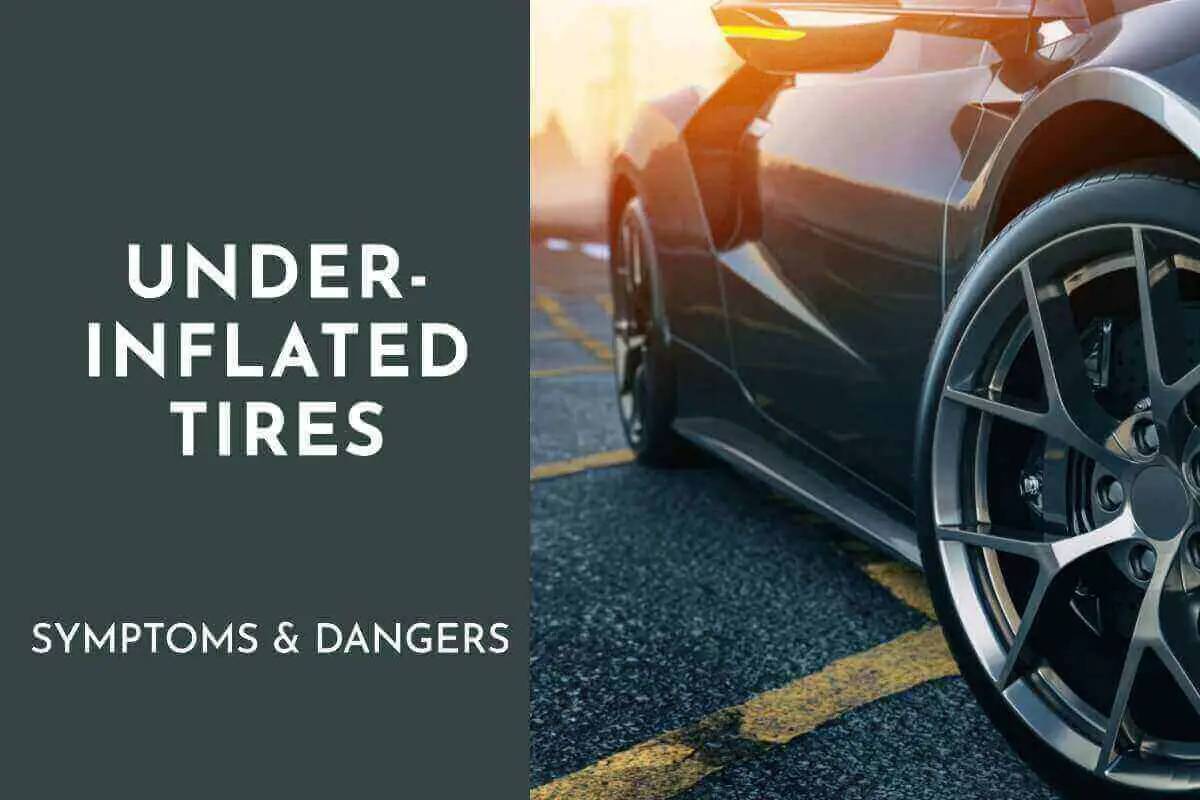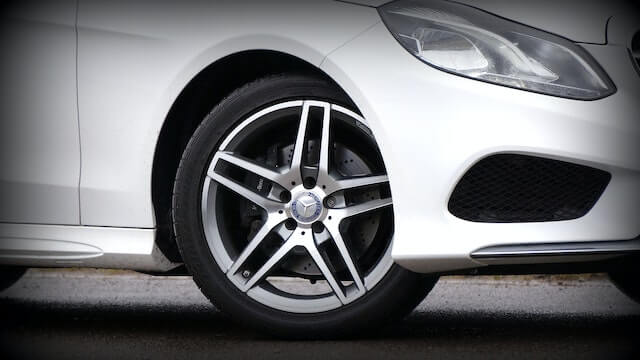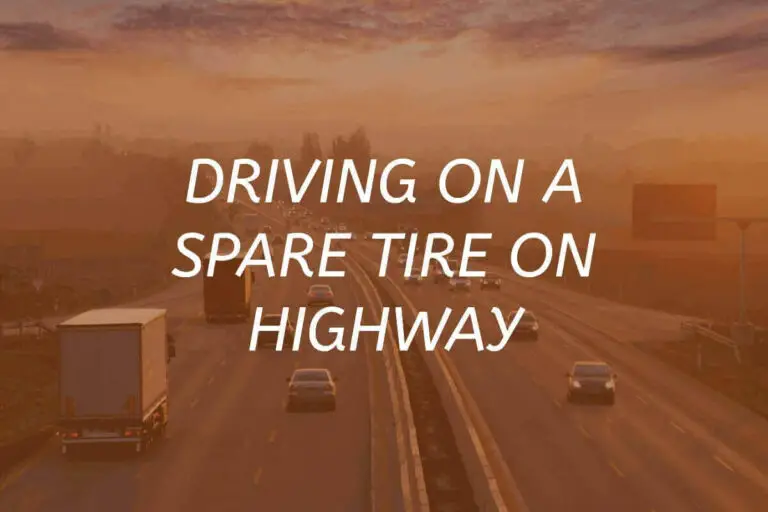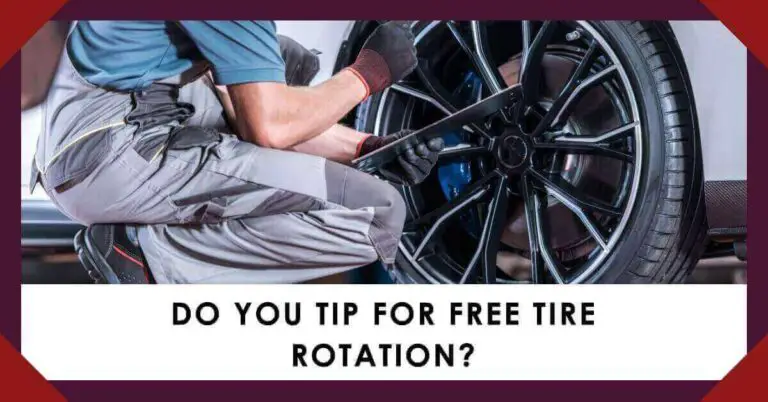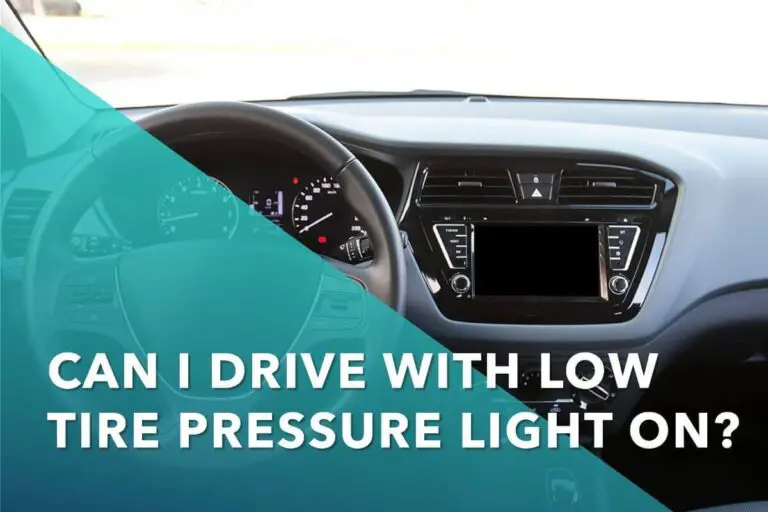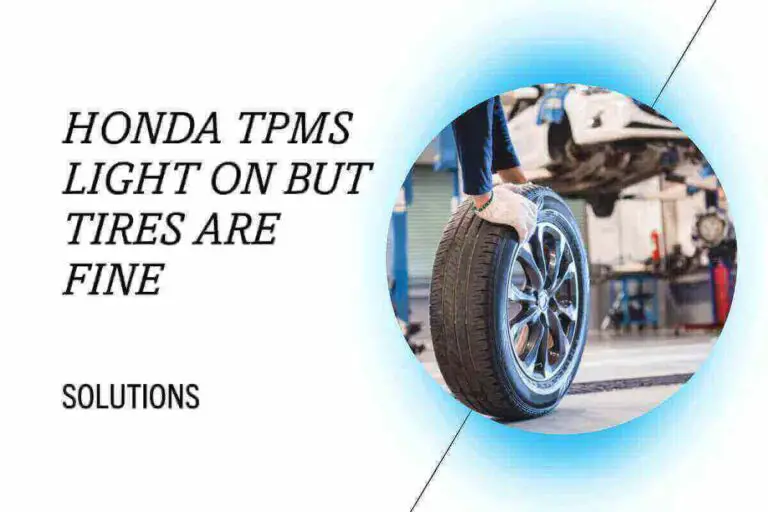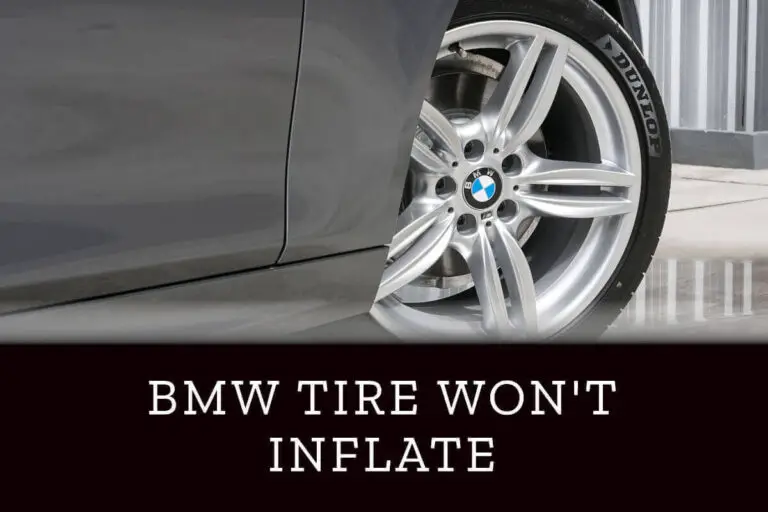Your vehicle is damaged and you are not considering, which reason its components are damaged.
The big reason is because of underinflated tires.
You are driving with low tire pressure,
And you did even not notice that.
But,
Under Inflated Tires Meaning
Simply mean the underinflated tire is low pressure a tire. When you need normal pressure for your vehicle and your tire has low tire pressure, having 70% low pressure in the tire then the recommended pressure will be called underinflated tires.
Underinflated tires create serious issues for road accidents and damage your vehicles.
More than 11,000 accidents and 200 deaths each year and car crashes are caused due to low pressure in the tire according to National Highway Traffic Safety Administration (NHTSA).
Dangers Of Under Inflated Tires
Under inflated tires are really a big reason for car crashes and accidents and generate many irrelevant costs for your vehicle.
Some major dangers of underinflated tires are below:
Total Tire Failure (Blowouts)
The big danger of underinflated tires is a complete failure of tires which results in blowouts.
Most vehicles have a recommended pressure of 32-35 Psi, but if the pressure goes to 20 Psi or below 20 Psi, then there will be more possibility of a flat tire.
A flat tire can immediately take action and create a failure of the tire. The lifespan of the tire is decreased so much. Thus the blowout occurred.
This blowout and underinflated tire affect the vehicle components but also it affects badly on the lives sitting in the vehicle. There will be chances of death or accidents due to tire failure or blowouts.
Difficulty Handling Your Vehicle
When a tire is underinflated or has low pressure in the tire, its sidewalls flex more than they were designed to during cornering and braking. The tread, the contact point with the road, squirms.
Due to the sidewall of the tire being in contact with the road, the handling of the vehicle is more difficult. Handling the steering or vehicle is difficult for the driver with low pressure in the tire because of the less traction.
Vehicle Damage
During inflation in the tire, tire failure is possible, there is much low pressure in the tire.
More load can carry the engine with the low pressure tire or flat tire, which causes to damage the various components of the vehicles.
Damaged vehicle components cost you more than the replacement of the components. So, maintaining your tire is necessary to avoid any danger.
Increased Fuel Consumption
More load on the engine means more fuel consumption when you have underinflated tires.
The tire contains low pressure, and the vehicle will go continuously, at the same time, the engine needs to use more energy to run the vehicle, thus more fuel is used while driving the vehicle.
Sidewall Cracks
Sidewalls are cracked during the low pressure in the tire. When a sidewall is in contact with the road, it causes low friction, and the rubber overheats and decreases the lifespan of the tire due to the breakdown of the rubber in the sidewall.
Under Inflated Tire Symptoms
Some important symptoms of under-inflated tire are below:
TPMS Give Warning
After 2008, the TPMS was used in every model of vehicle which indicates low tire pressure in light.
When the tire has low pressure, the light stays On and gives you the warning of having low pressure in one of your tires.
Then you should take immediate effect on refilling the ideal pressure in your tire.
Sometimes, the TPMS light does not go Off after you add pressure, you should need to reset the light.
Driving at the speed of 50 mph for 10 minutes will help you to reset the TPMS.
Bad Fuel Economy
As discussed earlier, your engine uses more fuel than usual. This is because of the underinflated tire of your vehicle.
Your vehicle has bad fuel economy because the vehicle has the same load but now the engine carries more load which consumes more fuel to run your vehicle.
Instantly inflating your tire properly will help you to get rid of the problem of fuel consumption.
Longer Stopping Distance
While underinflated tires, the tire has low pressure and contacts the road more than often and the connection between the tires and the brakes and other components is longer.
Brakes will be applied at the same time but it takes more time to stop the vehicle because of the increasing distance between the brakes and tires.
Decreased Steering And Handling Abilities
You will face many handling issues when you have low tire pressure because the sidewall of the tire contacts the road and it affects driving.
The movement of the vehicle and steering and the handling abilities of the vehicle can be lost gradually whenever the tire decreases its pressure slowly.
Weird Flapping Noises
This is the last stage of low tire pressure, immediately it is the first sign of a flat tire. You can hear the noise like whomp-whomp-whomp while driving.
The noise is produced due to low pressure and it is produced by the tire is slaps the pavement.
So need to instantly check the tire and refill the pressure.
Is It Safe To Drive With Under-Inflated Tires?
NO, driving with underinflated tires is not safe.
Because it can cause blowouts or tire failure due to the low tire pressure or flat tire. This leads to serious dangers like fail of vehicle parts, also the lives of those who are sitting in the vehicle.
Moreover, fuel consumption can be faced with low tire pressure.
So, you should avoid driving with low tire pressure. One thing is to check your TPMS and fill your tire pressure when the light is On.
Because TPMS shoes have 25% less pressure than the recommended pressure. It is better to follow the TPMS light.
How To Avoid Underinflated Tires
There are important things that you should avoid for underinflated tires to avoid any dangers in the future. Here is:
Check Tire Pressure
One main thing you must check for a stay away from any hurdle or danger is properly checking your tire.
It is recommended to check your tire pressure Once a Month. This is good for you and good for your tire and vehicle to properly check for pressure.
Visual Check
Visual check is something that you can do in a daily routine. Whenever you can go on a ride you check the pressure in a tire.
If you go on long trips or carry heavier loads on your vehicle than usual, then you should check the tire visually.
If you feel there is a problem with the tire and all other tires are okay, then you check the pressure through a gauge or go to a tire shop to check the pressure.
Check Tire Pressure With Tire Pressure Gauge
This is the best way to check the tire pressure with the pressure gauge.
Once you can visually check the pressure you find that one seems to be low pressure.
You must check it with the pressure tire gauge which can easily be available at many markets at affordable prices or go to any tire shop to check the pressure of the tire.
If you find out that one tire has a lower pressure than the recommended, then you will need to refill the pressure in the tire, which is ideally 32-35 for most of the tires.
Check Tire Treads
Continual driving on underinflated tires can cause irregular tread wear and reduce the tread life of the tire.
When tire pressure is low, or even high, tire threads have no capability to handle the different jobs.
You can keep an eye on tire threads whether it is in good condition or not, so can optimize your tire according to them.
Keep An Eye On The Load
Tires have the capacity to carry a load. Carrying load instructions can be found on the tire’s sidewall. Because different tires have different load capacities.
It always depends on the tire’s life. If the tire is the good condition then it will carry the recommended load easily. Otherwise, it can hurt the tire more.
It is much more important to load your vehicle because if you exceed the load limit, this will harm the tire condition and lifespan.
Conclusion – Under-Inflated Tires
Underinflated also called low tire pressure. When your tire has low pressure, you need to take immediate action to fill the ideal pressure.
If you will not follow and ignore the low pressure, it will harm the tire and also harm the vehicle, by failing the components of the vehicle.
One ideal thing to avoid any tire failure or blowout you regularly check the tire pressure, at least check the pressure Once a Month.
Hope this article will help you with the detail about underinflated tires and how to deal with those tires.
FAQs:
Why Are Under Inflated Tires Dangerous?
Under inflation, tires are really dangerous because they can cause tire failure or blowout due to the connection of the tire and road which produces friction, and friction produces overheating and then the blowout of the tire occurs harming the lives and vehicle also.
Underinflated Tire In Snow? Can I Need More Air In Snow?
Typically you need more pressure in your tire than the normal temperature or season. Several manufacturers say you can have higher pressure around 4-5 Psi than the recommended pressure in snow.
Underinflated Tires In the Rain? Can I Need More Air In the Rain?
In normal rain, you don’t need to add more air to your tire. if there is water building up (as in puddles and rivers), then you need to add more pressure to your tires.

